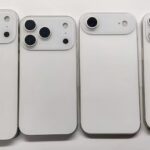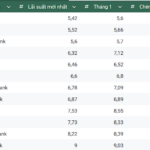The world of smartphone screens is inundated with technical and sometimes over-the-top marketing jargon, leaving consumers confused. Terms like Organic Light-Emitting Diode (OLED) or Light-Emitting Diode (LED) indicate the technology used in smartphone displays.
When purchasing a phone in-store, you might hear claims about a particular model having a superior or brighter screen. However, it’s important to note that manufacturers often exaggerate the capabilities of their screens without adhering to specific standards, sometimes misrepresenting the actual qualities you desire.
For instance, Apple’s “Liquid Retina XDR” or Google’s “Super AMOLED” are more marketing buzzwords than explanatory terms about the actual quality of the display. Similarly, while a screen might boast high brightness, the actual performance may fall short of the manufacturer’s specifications.
Other specifications, such as peak HDR brightness, can be highly misleading. Typically, this figure represents the brightness of a single point on the screen, which doesn’t reflect real-world usage at all.
Apple deserves credit for providing detailed specifications for the M4 iPad Pro, including two brightness measurements: peak HDR brightness and full-screen brightness. The latter is what you should pay attention to the most.
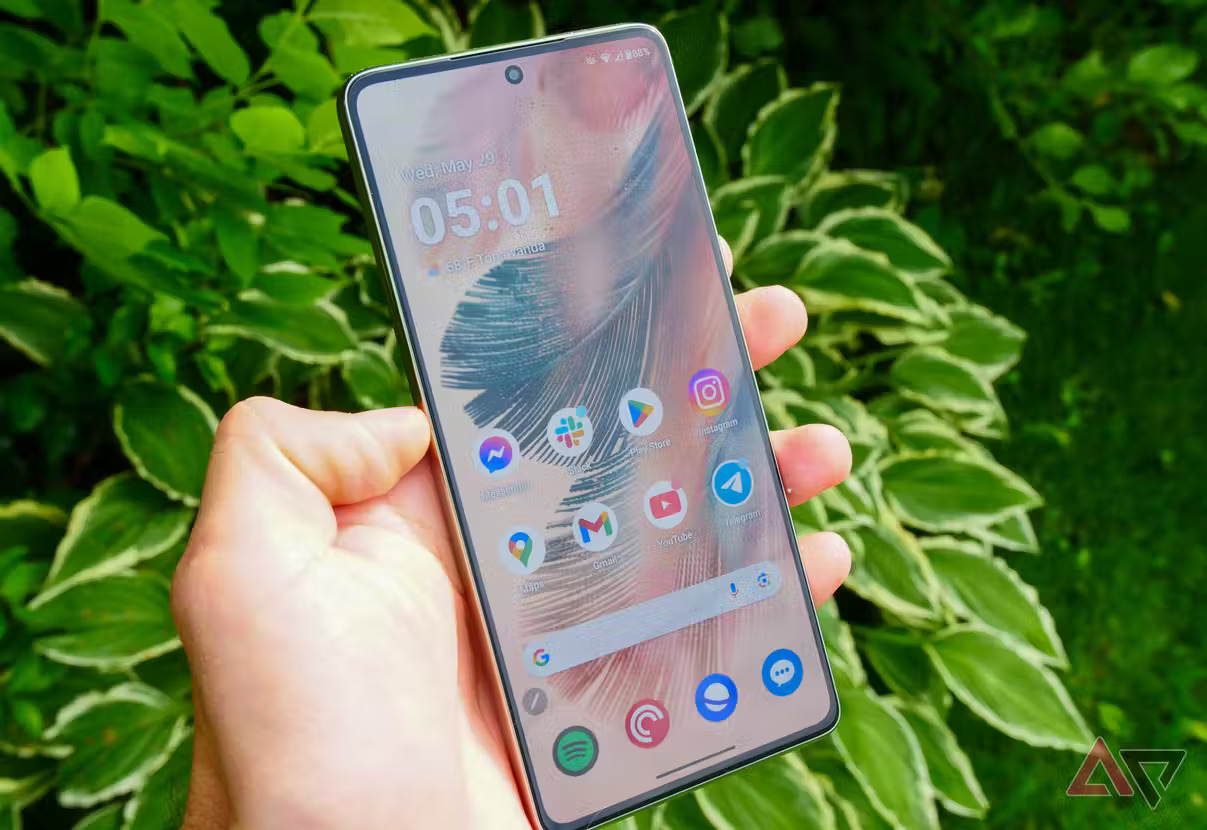
Varied Manufacturing Standards Make Comparisons Difficult
In the smartphone world, while some specifications like battery capacity are easily comparable across devices, others are not.
Certain metrics, such as screen brightness, have different standards set by different manufacturers. For instance, the OnePlus 12 boasts a maximum brightness of 4,500 nits, but the actual full-screen brightness during daily use is only around 1,600 nits.
In some cases, companies aren’t clear about how their screens achieve peak brightness. Sometimes, the highest HDR brightness is achieved by illuminating a single pixel, concentrating all the energy on that pixel to get the best results. Other companies use lower pixel ratios than what users typically experience.
The Pixel 8 Pro is advertised with a maximum brightness of up to 1,600 nits in HDR mode and up to 2,400 nits in standard mode. Google explains that HDR brightness is measured at a 100% pixel ratio, while standard maximum brightness is measured at a 5% pixel ratio. This clarification sheds light on why the standard maximum brightness is rated much higher than HDR brightness.
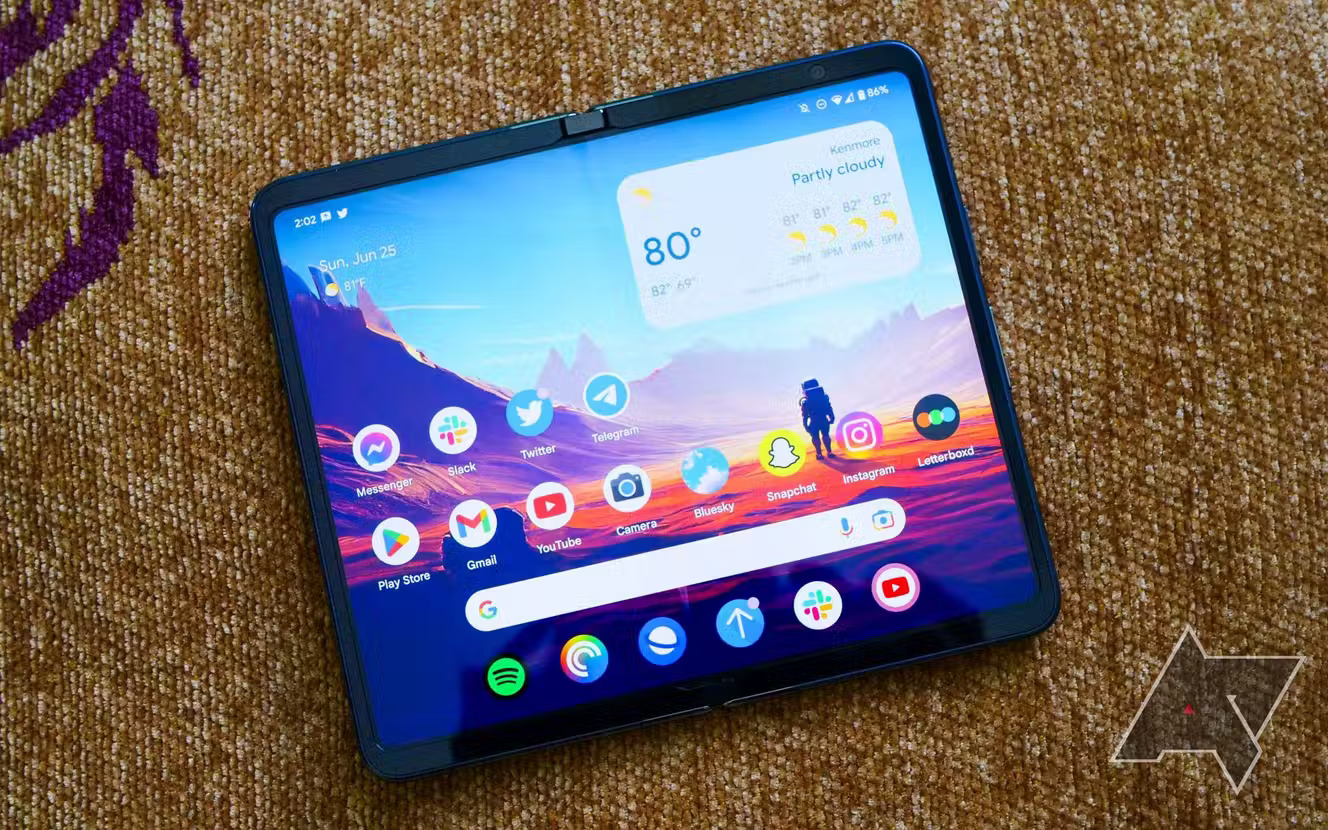
Apple’s Approach to Screen Brightness Specifications
Known for their flowery language in marketing, Apple deserves praise for their transparency in listing two brightness levels for the iPad Pro: full-screen brightness and maximum HDR brightness.
The M4 iPad Pro boasts a full-screen brightness of 1,000 nits and a maximum HDR brightness of 1,600 nits. While these figures might not be as impressive as some specifications suggest, they are at least accurate.
Full-screen brightness is measured when all the pixels on the screen are illuminated in Standard Dynamic Range (SDR) mode, with no tricks involved like HDR. This specification measures the brightness of the screen during everyday use, making it the most important screen brightness metric.
Apple isn’t the only company to use full-screen brightness measurements, but many large companies, such as OnePlus and Google, fail to disclose this information.
Due to the lack of consistency among manufacturers, the best way to check full-screen brightness is to visit the DXOMARK website.
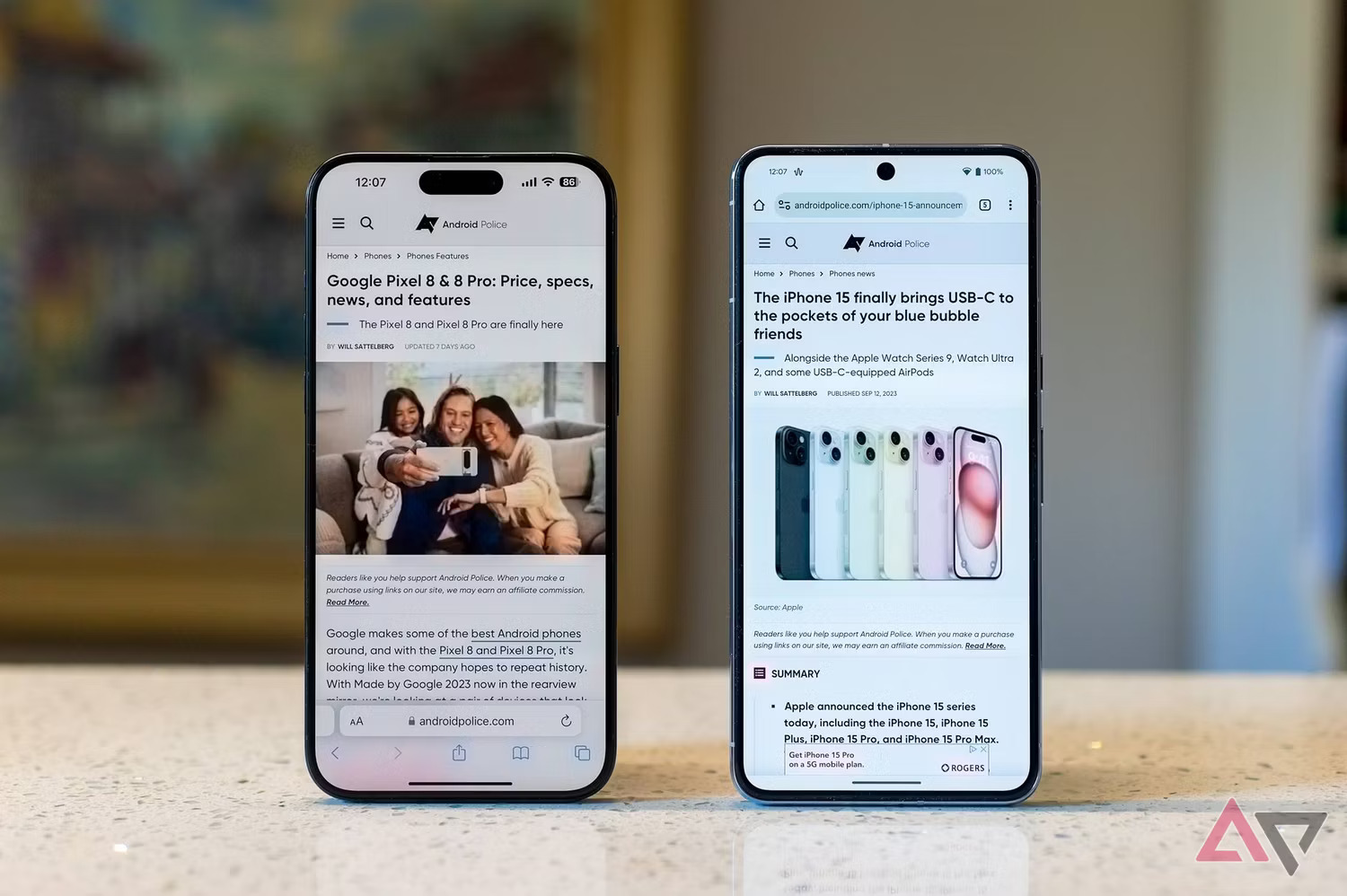
DXOMARK spends 35 hours testing each phone across 630 measurement points. This includes testing brightness and readability in various lighting conditions using websites and photo libraries. In other words, their brightness test results are equivalent to full-screen brightness rankings.
For example, DXOMARK’s testing of the Pixel 8 Pro revealed that the smartphone could display a brightness of 2,100 nits when showing a regular photo, which is lower than the manufacturer’s claim of 2,400 nits.
DXOMARK also found that the Samsung Galaxy S24 Ultra could reach a peak brightness of 2,572 nits, slightly lower than the advertised 2,600 nits.
According to Android Police, DXOMARK is the only website that tests screen brightness across multiple brands, including Apple, Google, and Samsung. Therefore, it is the best way to determine the true brightness ranking of smartphones.
So, the next time you come across specifications or sales pitches highlighting screen brightness, take them with a grain of salt and look elsewhere for the truth.





























